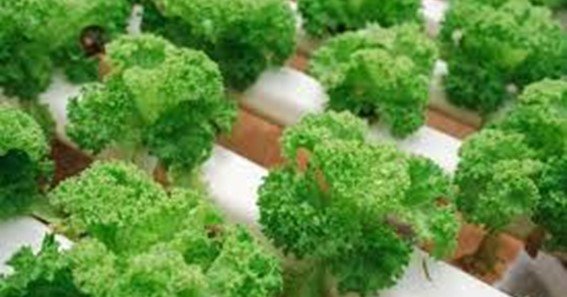Creating your own hydroponic fertilizers can be a cost-effective and rewarding way to optimize plant growth in your hydroponic garden. With the right mix of macronutrients (nitrogen, phosphorus, potassium) and micronutrients (iron, zinc, boron, etc.), you can tailor a solution to meet the specific needs of your plants at each growth stage.
Steps to Create Your Custom Hydroponic Fertilizer
- Select Your Ingredients: A typical nutrient solution includes calcium nitrate, potassium nitrate, magnesium sulfate, and a mix of micronutrients. These raw salts supply essential elements needed for plant growth.
- Measure and Mix: Carefully measure each ingredient to achieve desired concentrations. For example, for a 100-liter solution, you might need 200 grams of calcium nitrate and 100 grams of potassium nitrate. Dissolve each component separately in warm water for even mixing before combining.
- Adjust pH and EC Levels: Ideal pH for most hydroponic systems is between 5.5 and 6.5. Regularly testing and adjusting these levels helps maintain nutrient availability and plant health.
- Monitor and Modify: As plants progress through different growth stages (vegetative, flowering, fruiting), you may need to adjust nutrient levels to ensure balanced support. For instance, a higher nitrogen concentration benefits vegetative growth, while increased potassium is beneficial for flowering.
FAQ
- What are the essential nutrients for hydroponic solutions?
Primary nutrients include nitrogen, phosphorus, potassium, calcium, magnesium, and micronutrients like iron and manganese. - How do I check my solution’s effectiveness?
Use a pH meter and electrical conductivity (EC) meter to ensure nutrient levels and pH are within the ideal range. - Can I use organic ingredients in hydroponic systems?
Yes, options like compost tea, worm castings, and fish emulsion can be used but may require more frequent testing to avoid imbalances. - How often should I replace the nutrient solution?
Every 1-2 weeks is optimal to prevent nutrient depletion and avoid buildup of unwanted compounds. - Are there risks of over-fertilization?
Overuse of nutrients can burn plants. Start with lower concentrations, adjusting gradually based on plant health observations.
Take a look at this interesting piece game-table-and-chairs










